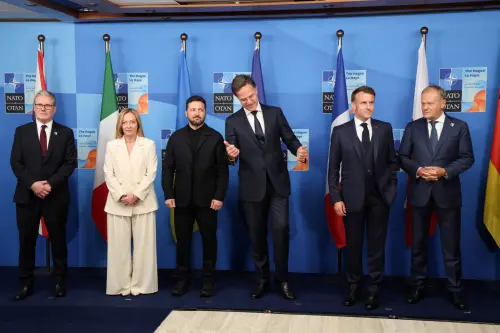On March 3, 2004, the French Senate gave the final approval for a bill prohibiting the wearing of conspicuous religious symbols in public schools. The law, which will enter into force in September, does not ban the wearing of headscarves or any other conspicuous symbol in public places, universities, or in private schools, and does not actually change the status quo established in France by a government ruling in 1989 and a ministerial decree in 1994. Rather, the law is a narrowly defined reassertion of religious neutrality within French public schools.2 This vote implements one of the recommendations of a special commission on religion in France, appointed by the government and headed by Bernard Stasi, a former member of the European Parliament and now the mediator, essentially Ombudsman, of the Republic, which heard hundreds of witnesses between July and December 2003.3
This law has been widely condemned in the United States. American public high schools accept students wearing religious symbols, such as the headscarf, a Jewish skullcap or a large Christian cross. Many Americans therefore assume that the wearing of such personal symbols in public schools can be accommodated without violating principles of religious freedom. French supporters of the headscarf ban, however, argue that in the current French social, political and cultural context, they cannot. That is why the government felt it was necessary to pass a new law.
Veiw Full Article (PDF—92kb) Get Adobe Acrobat Reader
The Brookings Institution is committed to quality, independence, and impact.
We are supported by a diverse array of funders. In line with our values and policies, each Brookings publication represents the sole views of its author(s).



Commentary
Veiled Meaning: The French Law Banning Religious Symbols in Public Schools
March 1, 2004